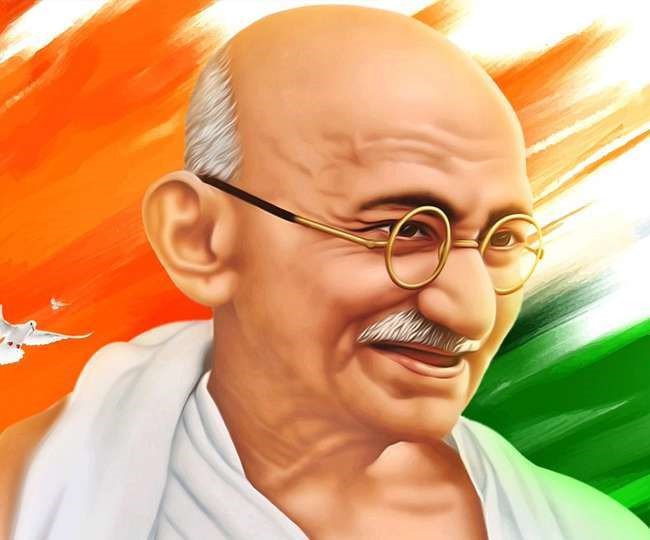Free Courses Sale ends Soon, Get It Now


Free Courses Sale ends Soon, Get It Now



Disclaimer: Copyright infringement not intended.
Context
Other Details
Background
|
Apartheid Apartheid was the name of a system of racial discrimination, where people were treated differently on the basis of color and race, unique to South Africa. The white Europeans imposed this system on South Africa. |
Gandhi and his Experiments with Truth in South Africa
Moderate Phase of Struggle (1894-1906)
Phase of Passive Resistance or Satyagraha (1906-1914)
|
Satyagraha Satyagraha was a name given to the method of passive resistance or civil disobedience. This means holding firmly to truth or devotion to the truth. |
Satyagraha against Registration Certificates (1906)
Campaign against Restrictions on Indian Migration
Campaign against Poll Tax and Invalidation of Indian Marriages
Protest against Transvaal Immigration Act
Finally in the end viceroy, Lord Hardinge, condemned the repression. Negotiations by government were started with Gandhi and a Compromise Solution was reached.
|
PRACTICE QUESTION Explaining the meaning of Gandhi’s Satyagraha, Discuss the related techniques and methods of protest evolved during the fight against apartheid in South Africa. (250 words) |
https://pib.gov.in/PressReleasePage.aspx?PRID=1930282
© 2024 iasgyan. All right reserved